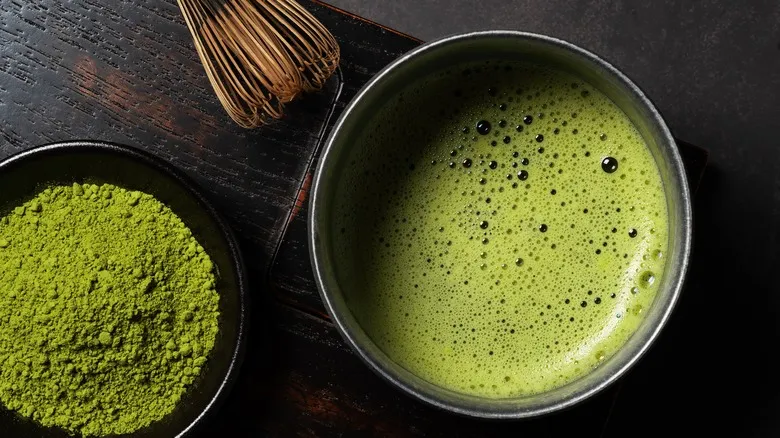What is green tea?
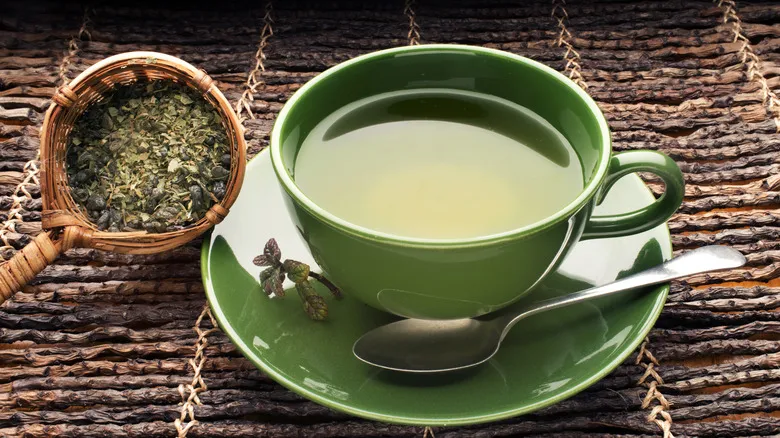
Green tea is produced from the dried leaves of the Camellia sinensis plant, which is also the source of other tea varieties such as oolong and black tea. What sets green tea apart is that it is unoxidized; the leaves undergo heating early in the processing to initiate oxidation by altering enzymes before it occurs naturally. This tea originated in China but is now cultivated across Asia and has gained popularity worldwide. The plants used for green tea thrive in full sunlight and develop a dull green hue before being harvested by machines that cut them. The harvested leaves are then transported to a processing facility where they are steamed and transformed into either packed or loose-leaf tea.
For optimal preparation, green tea should be brewed in water just below boiling, around 180 degrees Fahrenheit, to avoid bitterness. If the water temperature is too high, it can lead to the release of tannins from the leaves, resulting in an undesirable bitter aftertaste. When brewed properly, both hot and iced green tea offer a mild, refreshing flavor with a subtle earthy note. In terms of caffeine content, green tea contains about half the caffeine found in black tea and only a quarter of that in coffee.
Moreover, green tea is rich in several essential nutrients, including trace amounts of magnesium, iron, and potassium. It also boasts the antioxidant catechin Epigallocatechin-3-gallate, which has been associated with enhanced cognitive function, improved digestive health, regulated blood sugar levels, and better cardiovascular health. However, matcha contains a higher concentration of these nutrients, as some are lost when the steeped leaves are removed from a cup of green tea.
What is matcha?
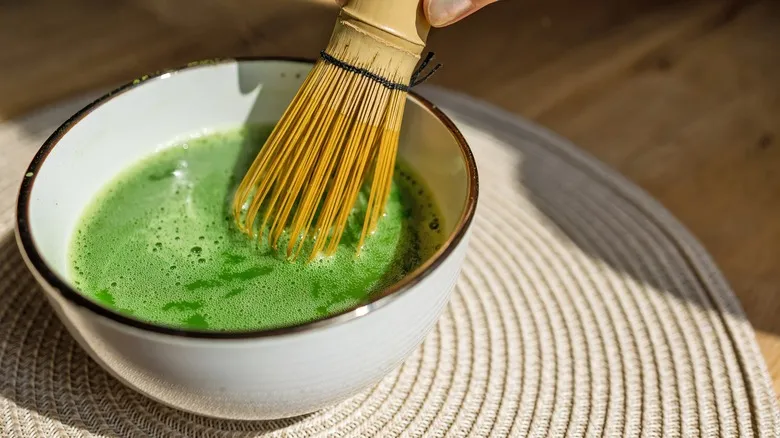
Matcha, similar to green tea, is derived from the Camellia sinensis plant. However, the matcha plants are cultivated in the shade for three weeks prior to harvesting, rather than being exposed to sunlight throughout their growth. This shading process enhances the chlorophyll content in the leaves, resulting in a vibrant green color. During the harvest, the leaves are handpicked, then heated and dried. Afterward, the stems and veins are removed before the leaves are ground into a fine powder. While green tea has its origins in China, matcha is predominantly produced in Japan.
In contrast to green tea, matcha is traditionally whisked into hot water using a chasen, a bamboo whisk, such as the one offered by Jade Leaf Matcha. Alternatively, an electric frother can be employed to eliminate any clumps of powder. Matcha can also be prepared iced using a shaker bottle. As a powder, matcha is significantly more concentrated than steeped tea leaves, resulting in a much bolder flavor that can be quite intense depending on the quantity used. This rich and earthy taste makes it an excellent choice for blending with milk to create a smooth latte.
Another distinguishing feature of matcha is its impressive nutritional profile, which can be three to ten times greater than that of steeped green tea. This is due to the fact that when consuming matcha, you ingest the dissolved ground leaves rather than discarding them as you would with a tea bag. Additionally, matcha contains more caffeine than regular green tea, though it has about half the caffeine content of coffee.
Recommended
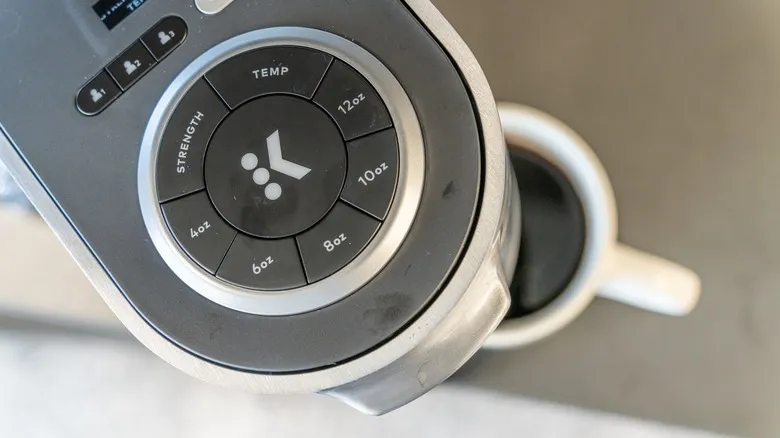
Why You Should Avoid Setting Your Keurig Higher Than A 6-Ounce Cup

How Long Does Cold Brew Last Once It's Been Opened?

What Makes Barista Milk Different From Regular Oat Milk?
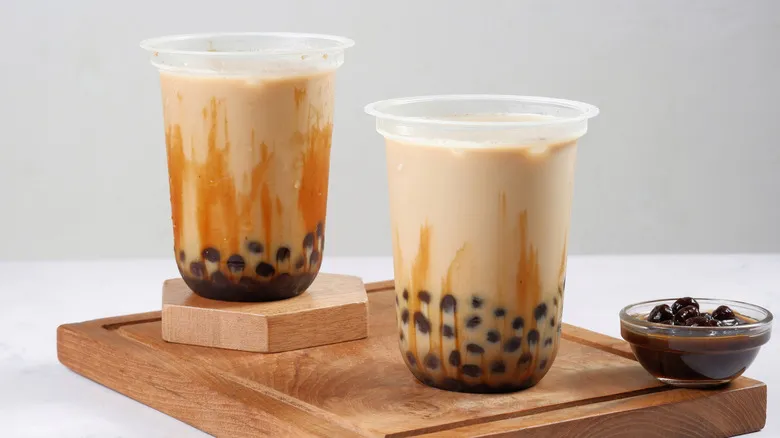
Why Some Dairy-Free Boba Teas Aren't Vegan
Next up

